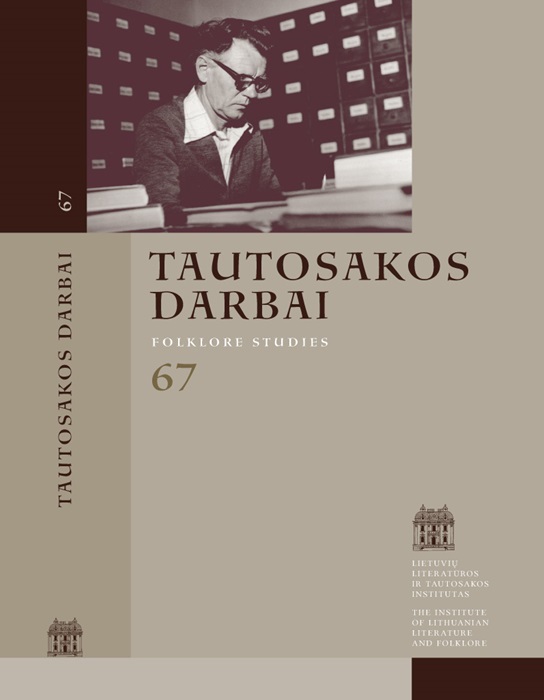The Image of Geese in Lithuanian Phraseology
Abstract
The article focuses on the image of geese in Lithuanian phraseology, attempting to define its peculiarities and possible connections with other phenomena of the traditional culture. The research material consists of Lithuanian phraseologisms picked out from the lexicographical sources and mentioning either goose, gander, or gosling. Analysis of these phraseologisms reveals that the main peculiarities of the image are related to appearance, character, and behavior of the birds, as well as to the actions performed with them. Phraseologisms emphasize the webbed feet of the geese, their neck, blue gizzard, enlarged reproductive organs, or scabrous skin when deplumed. Geese are depicted as noisy, greedy, oat-eating birds, they waddle in a line, following each other. Their image is not without controversies: they can get wet, but their feathers do not get drenched through. In phraseology, geese are mainly characterized as angry and stupid. The depiction of geese-tending conveys significant cultural information related to the notion of the afterlife, as well as entertainment and economic activities. In general, the image of geese in Lithuanian phraseology is ascribed a negative connotation.

This work is licensed under a Creative Commons Attribution 4.0 International License.
Downloads
Most read articles in this journal
- Jurgita Ūsaitytė, Foreword , Tautosakos darbai: Vol. 63 (2022)
- Daiva Vaitkevičienė, Foreword , Tautosakos darbai: Vol. 62 (2021)
- Rokas Sinkevičius, Motives of Golden Boughs and Wreath in the Latvian Mythological Songs on the Sun Daughter’s Wedding , Tautosakos darbai: Vol. 60 (2020)
- Daiva Vaitkevičienė, A Book about a Unique Collection of Latvian Charms , Tautosakos darbai: Vol. 61 (2021)
- Bronė Stundžienė, Editorial Board and Table of Contents , Tautosakos darbai: Vol. 59 (2020)
- Jurga Sadauskienė, Looking at the Exposures of Memory , Tautosakos darbai: Vol. 61 (2021)
- Bronė Stundžienė, Our Contributors , Tautosakos darbai: Vol. 49 (2015)
- Irena Žilienė, On the Correspondence of Jonas Balys , Tautosakos darbai: Vol. 60 (2020)
- Lilija Kudirkienė, Toms Ķencis. Vācot padomju folkloru, Rīga: LU Literatūras, folkloras un mākslas institūts, 2019 , Tautosakos darbai: Vol. 60 (2020)
- Konstantas Algirdas Aleksynas , Irena Žilienė, Letters by Vilius Kalvaitis to Jonas Basanavičius , Tautosakos darbai: Vol. 56 (2018)




